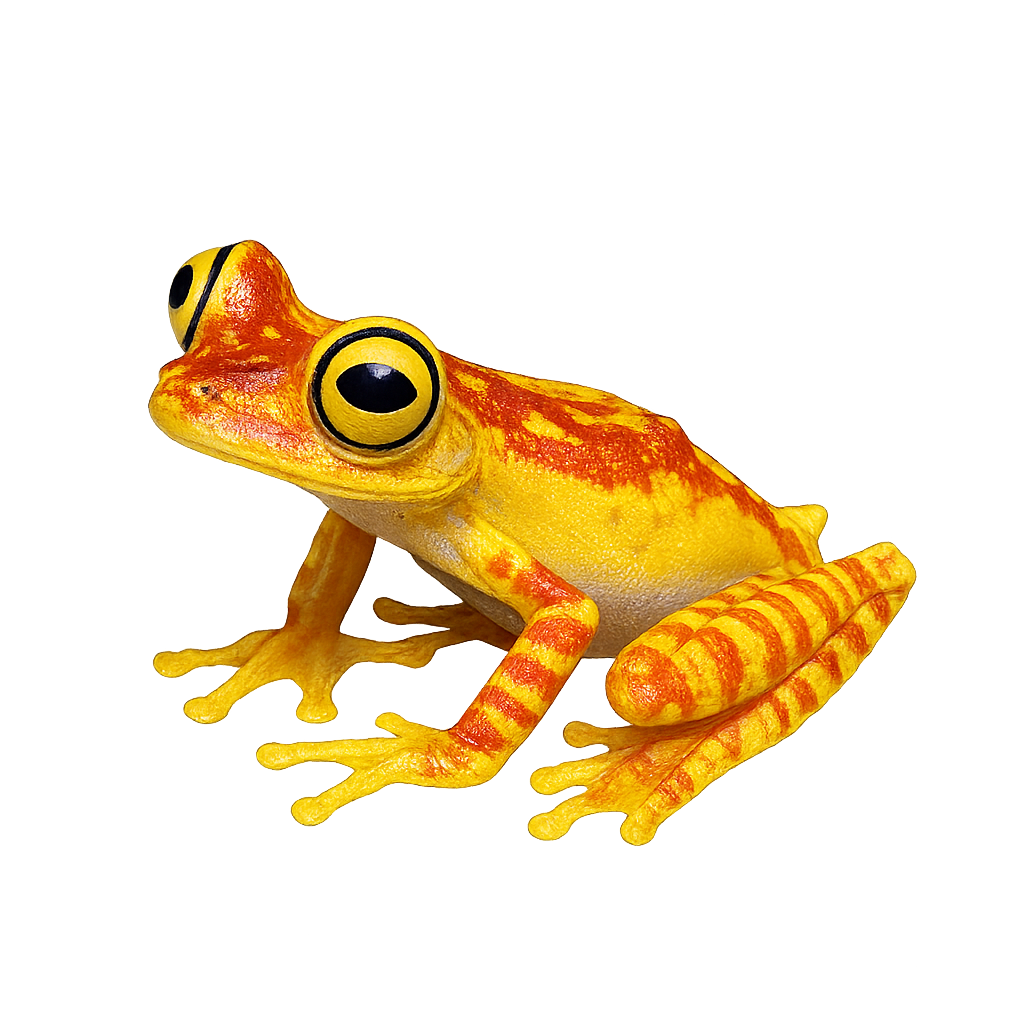Your wildlife photography guide.
Explore the imbabura treefrog in detail, study its behavior, prepare your shots.
Where to observe and photograph the imbabura treefrog in the wild
Learn where and when to spot the imbabura treefrog in the wild, how to identify the species based on distinctive features, and what natural environments it inhabits. The WildlifePhotographer app offers tailored photography tips that reflect the imbabura treefrog’s behavior, helping you capture better wildlife images. Explore the full species profile for key information including description, habitat, active periods, and approach techniques.
Imbabura Treefrog
Scientific name: Boana picturata

IUCN Status: Least Concern
Family: HYLIDAE
Group: Amphibians
Sensitivity to human approach: Suspicious
Minimum approach distance: 2 m
Reproduction period: November to March
Incubation: 8–12 jours
Births: December to April
Habitat:
humid tropical forests, swamps, riparian zones
Activity period :
Mainly active at night, generally discreet during the day.
Identification and description:
The Boana picturata, commonly known as the Imbabura Treefrog, is a species of tree frog found primarily in the humid tropical forests of South America. It is distinguished by its bright colors and unique patterns that allow it to blend effectively into its natural environment. This frog is primarily nocturnal, meaning it is active at night. It mainly feeds on insects and plays a crucial role in controlling insect populations in its habitat. Although its conservation status is not concerning, the destruction of its natural habitat poses a potential threat to its long-term survival.
Recommended lens:
Macro – adjust based on distance, desired framing (portrait or habitat), and approach conditions.
Photography tips:
To photograph the Imbabura Treefrog, it is advisable to use a macro lens to capture the intricate details of its colorful patterns. Night photography with a soft light source can help avoid unwanted reflections on its shiny skin. Be patient and quiet to avoid scaring it, and approach slowly to get close-up shots. Using a tripod can also be beneficial to stabilize the camera in low-light conditions.
The WildlifePhotographer App is coming soon!
Be the first to explore the best nature spots, track rutting seasons, log your observations, and observe more wildlife.
Already 1 431 wildlife lovers subscribed worldwide

